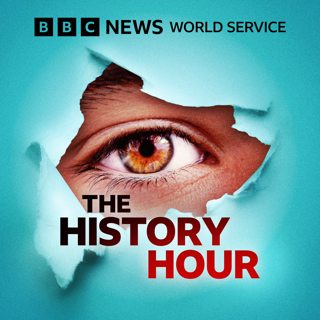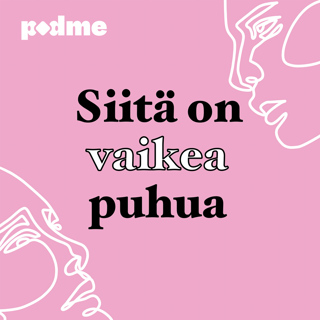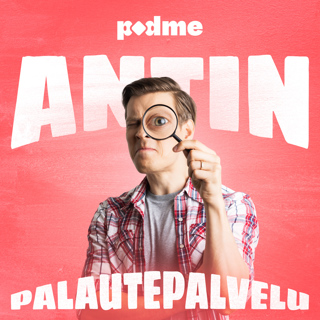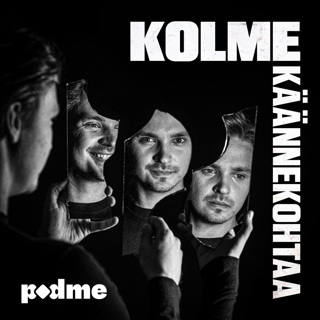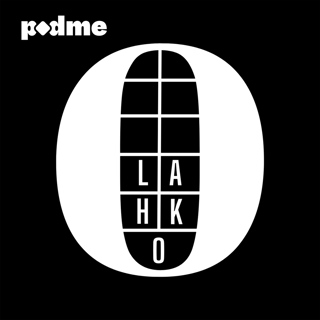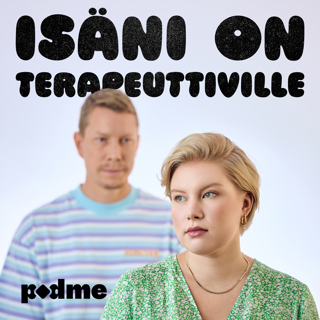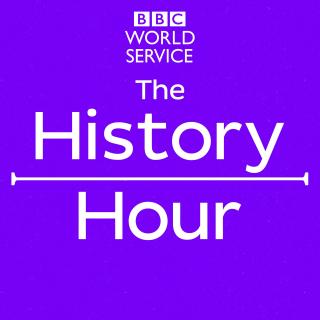
US 'smart bombs' hit an Iraqi air raid shelter
More than 400 civilians were killed when two US precision bombs hit the Amiriya air raid shelter in western Baghdad on the morning of 13 February 1991. The Americans claimed that the building had served as a command and control centre for Saddam Hussein's forces. It was the largest single case of civilian casualities that ocurred during Operation Desert Storm. Also in this week's programme, a drug scandal from the 1970s which blighted the lives of generations, rare archive of the celebrated British artist, Francis Bacon, the 1980s New York Street News newspaper set up to help the homeless and we hear from a nurse from West Africa who devoted her life to the British health service. Photo: Inside the Amiriya air-raid shelter following the US bombing (Kaveh Kazemi/Getty Images)
13 Helmi 202150min

The Burma protests of 1988
In August 1988, people took to the streets of Burma, or Myanmar, to protest against the country's military government. The bloody uprising would lead to the rise of Aung San Suu Kyi as the country's pro-democracy leader. Also, the epidemic of drug use among US troops in Vietnam in the 1970s, the first Eurostar train service and the launch of the spectacular Moscow State Circus in 1971PHOTO: Protestors in Rangoon in 1988 (Getty Images)
6 Helmi 202150min

The Arab Spring of 2011
In the early months of 2011 a wave of social unrest swept across the Arab world as people protested against repressive and authoritarian regimes, economic stagnation, unemployment and corruption. It began with reaction to the self-immolation of a young market trader in Tunisia, but soon became an outpouring of resentment after generations of fear. On The History Hour, Professor Khaled Fahmy of Cambridge University, helps us unravel the roots of the uprisings, describes what it was like to be there, and looks at why things haven't turned out as the protesters had wanted.Photo: Libyan anti-Gaddafi protesters wave their old national flag as they stand atop an abandoned army tank in the eastern Libyan city of Benghazi on February 28, 2011.(Credit PATRICK BAZ/AFP via Getty Images)
30 Tammi 202150min

Hitler's beer hall putsch
Hitler made his first attempt at seizing power in Germany in 1923, ten years before he eventually became Chancellor. The failed "beer hall putsch" - so named because it started in a beer hall in the southern city of Munich - would become a foundational part of the Nazis' self-mythology. Professor Frank McDonough tells us more.Plus, more Nazis with The Turner Diaries, the novel that inspired the US far right; anti-Sikh riots in India; the birth of Swahili-language publishing; and the house fire in New Cross, South London, which led to a Black People's Day of Action.PHOTO: Nazi members during the Beer Hall Putsch, Munich, Germany 1923 (Universal History Archive/Universal Images Group via Getty Images)
23 Tammi 202149min

Attack at the US Capitol
In 1954, Puerto Rican militants opened fire in the US House of Representatives, wounding five Congressmen - we hear how the assault was one of many previous attacks on American democracy. Plus, the coup attempt in Spain in 1981, India's first woman lawyer and landing a probe on Titan, one of Saturn's moons.PHOTO: Lolita Lebron and two other Puerto Rican activists are arrested in 1954 (Getty Images)
16 Tammi 202152min

Buddhist on Death Row
How US inmates turned to Buddhism to face execution in 1990s Arkansas, and we look at the history of the death penalty in the US with Prof Vivien Miller. Plus, the truth of a space "strike", the 70s book that predicted global decline in 2020, sequencing the Ebola virus and we hear the world's oldest song.Photo: Anna Cox and inmate Frankie Parker.
9 Tammi 202152min

75 years of Unesco
Unesco - the United Nations Scientific, Cultural and Educational Organisation - was set up 75 years ago, in the aftermath of the Second World War.It’s probably best known for its work protecting cultural monuments and areas of natural beauty around the world, but when it was founded, its aim was to use education as a means of sustaining peace after the horrors of the war. In this episode of The History Hour: Unesco’s work on race and tolerance, its effort in the 1960s to save Egyptian treasures from the rising waters of the Aswan Dam, Le Corbusier’s attempt to build a model city in India, the fight to protect the Great Barrier Reef and the tragic story of the Bamiyan Buddhas in Afghanistan.
2 Tammi 202150min

Film special
We hear from eye-witnesses to some classic moments in cinema history – from It’s a Wonderful Life to Satyajit Ray’s Apu trilogy via Studio Ghibli, the Sound of Music and Charlie Chaplin’s Great Dictator.Plus, film critic Helen O’Hara tells us about the history of Christmas movies.Photo: one of the final scenes from Frank Capra’s It’s A Wonderful Life, featuring James Stewart, Donna Reed, Carol Coombs, Jimmy Hawkins, Larry Simms and Karolyn Grimes, clockwise from top (photo by Herbert Dorfman/Corbis via Getty Images)
26 Joulu 202050min
